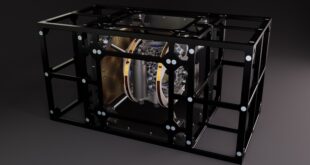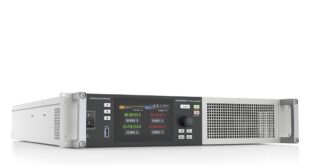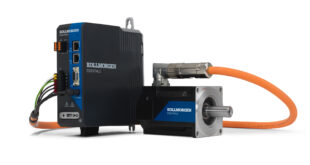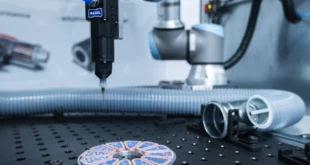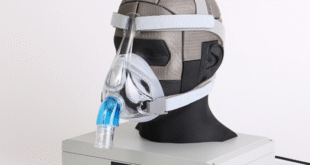ACEINNA announces the availability of a new whitepaper for engineers involved in developing autonomous car navigation, safety and communication systems.
This new whitepaper explains why and how to integrate Inertial Measurement Unit sensor technology with CAN communications in a variety of vehicle types and classes.
CAN (Controller Area Network) is a robust and mature vehicle bus standard that allows devices to communicate with each other.
Now more than 30 years old, CAN is used on virtually all passenger vehicles as well as heavy equipment.
As autonomous vehicles require many sensors to reliably exchange data, CAN is now recognised as an excellent interface choice for a variety of low and medium speed vehicle sensors such as the Wheel Speed Sensor, Steering Angle Sensor, Throttle Position Sensor, and the Inertial Measurement Unit.
Inertial Measurement Units (IMU’s) consist of three axes of acceleration plus three axes of angular rate measurements that are the linear and rotational components of a vehicle respectively.
Not to be confused with single chip accel/gyro integrated circuit solutions, a temperature compensated and calibrated IMU module delivers nearly zero bias drift over temperature and operating conditions.
An IMU may also include three axis of magnetic field measurement used for electronic compass functionality.
In an autonomous vehicle, CAN is used to pass IMU data to other sensors as well as the main vehicle control i.e., the vehicle’s brain. It is possible to use the CAN bus to share IMU data with up to 20 other vehicle subsystems. This can include LIDAR, Camera, Radar as well as primary compute engines all benefitting from one centrally mounted high-performance IMU on the vehicle.
A CAN bus based IMU application can also listen to other messages on the bus. This is a quite powerful feature. For example, the Dynamic Tilt algorithm could be performance enhanced by listening to messages such GPS/INS for precise localisation and Odometer or Vehicle Speed to better compensate for the influence of linear acceleration on dynamic roll and pitch.
This whitepaper cites two out-of-the-box example applications and how to develop custom applications — the first using CAN2.0A and the second using CAN2.0B with J1939.
This new CAN Bus whitepaper is available as a HERE.
 Engineer News Network The ultimate online news and information resource for today’s engineer
Engineer News Network The ultimate online news and information resource for today’s engineer
